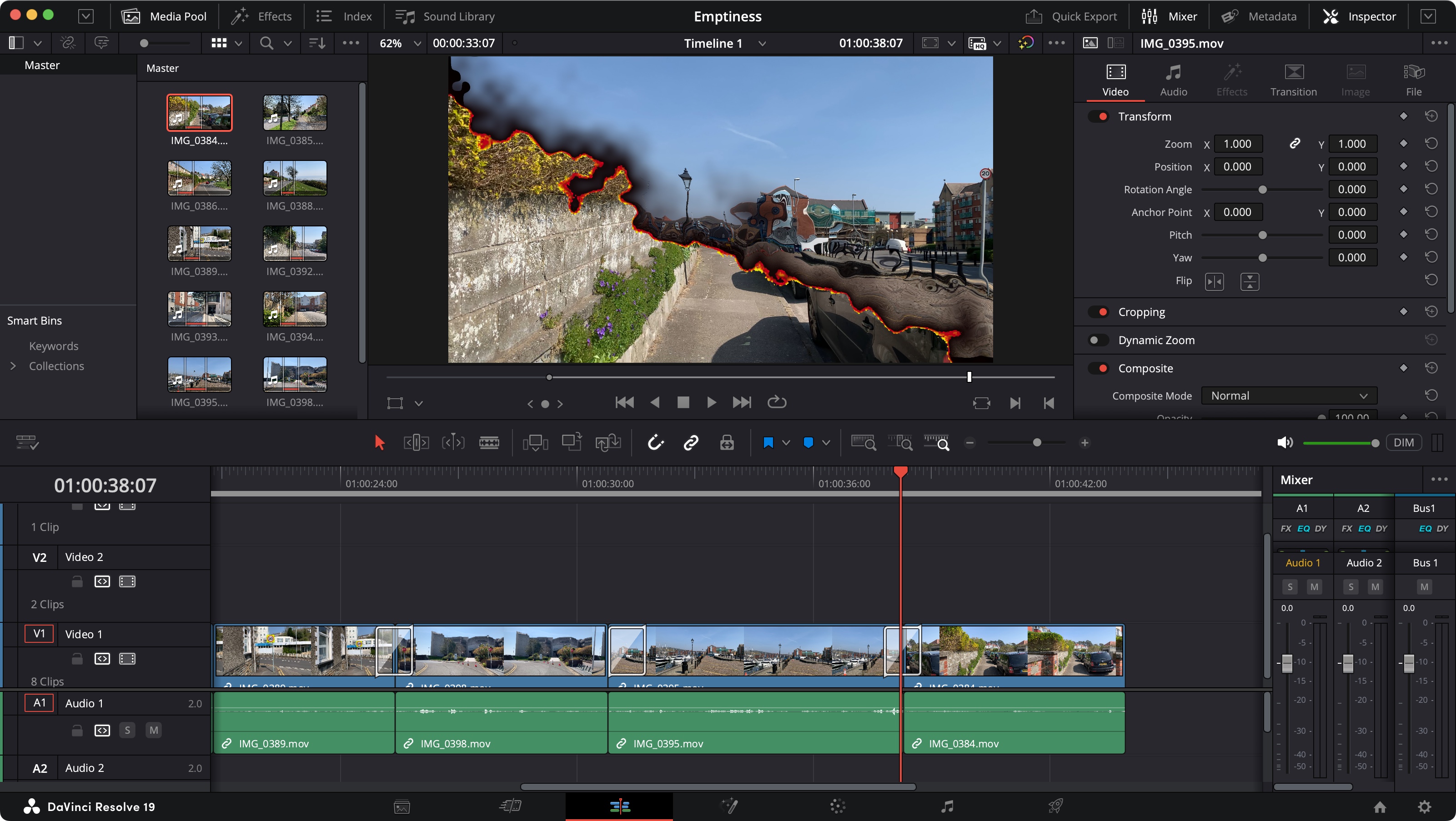"Creativity thrives on curiosity": a day in the life of Cecilia Bjare
Pond Design's creative director discusses the importance of creative bravery.
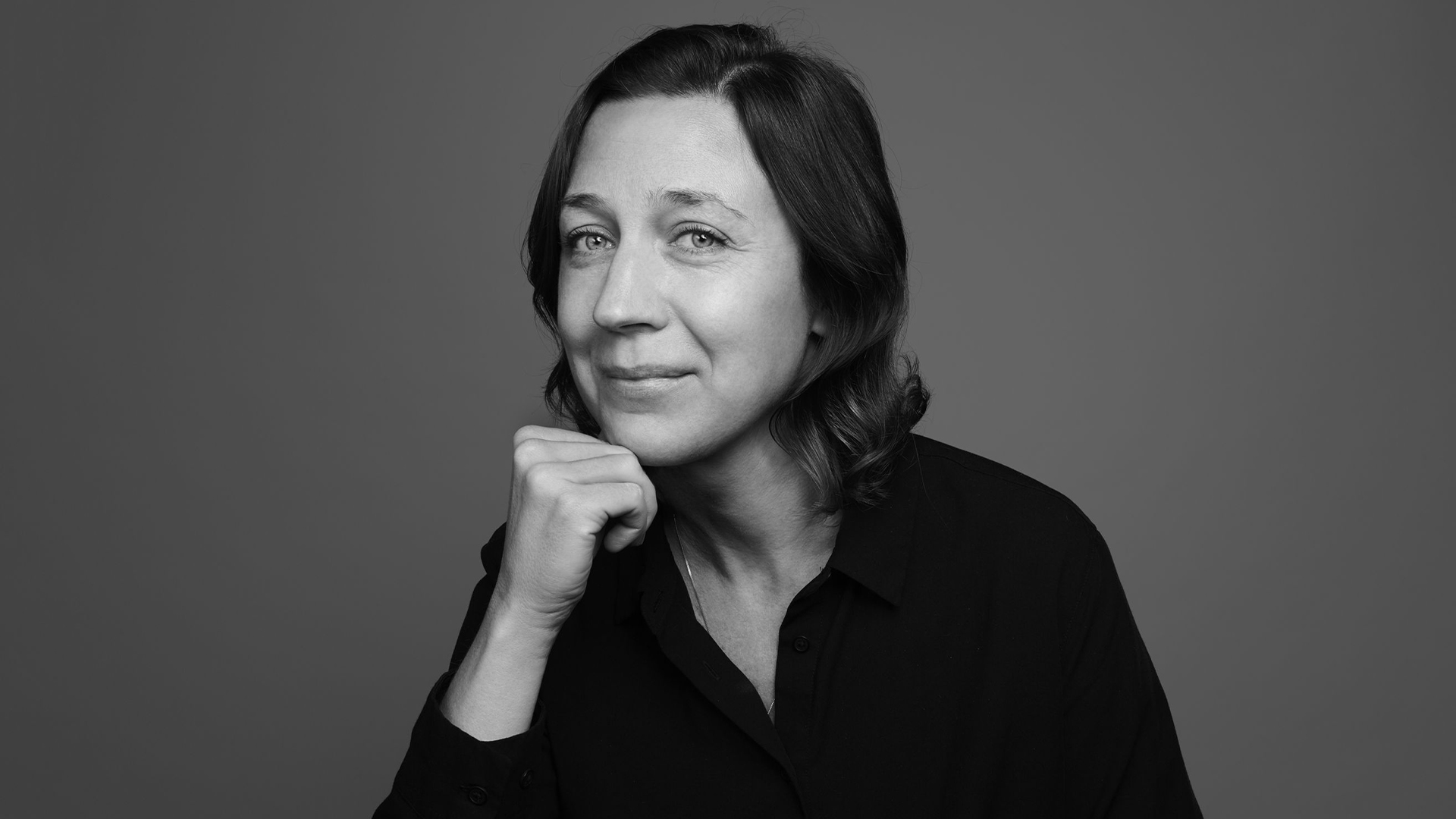
Cecelia Bjare is creative director and partner at Pond Design, a brand and design agency with a passion for creating meaningful design with a positive impact. Across her diverse career, Cecelia has shaped a multitude of iconic brand identities, working with industry giants such as Jameson, Absolut and Kraft.
Guided by the belief that great design comes from a "thoughtful balance of vision and detail," Cecelia has led Pond Design for over 15 years with a "what if" attitude, daring to challenge the conventions of the creative industry. As part of our Day in the Life series, I caught up with Cecelia to discuss breaking the design bubble and the importance of creative bravery.
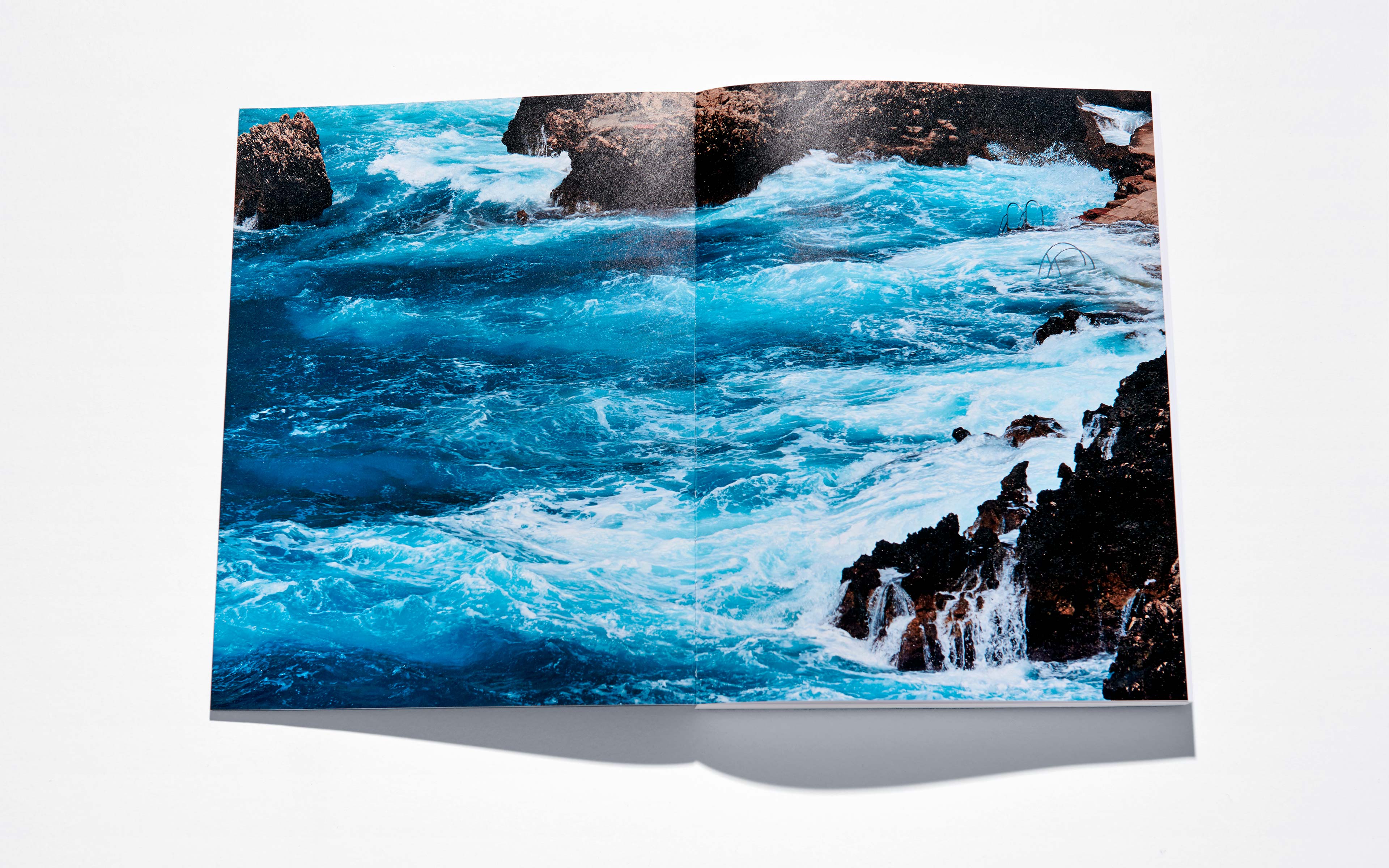
Could you walk me through a typical day in your role?
As a Creative Director at Pond Design, I divide my time between strategy, design and concept development, and creative direction. I’m also involved in assembling teams for different projects, ensuring the right mix of skills and perspectives are in place. Another key part of my role is planning ahead for upcoming projects, making sure we have the right capacity and resources to deliver. I spend a lot of time thinking about new ideas, reviewing design work, and offering feedback to the team. Client meetings are a big part of my schedule – from initial briefings to presenting creative concepts.
My days can also vary. Sometimes, we might kick off the design stage of a project with a creative session. We bring lots of images and ideas to the table, literally, and work through them to come up with different creative routes. It’s a wonderfully analogue approach and a great way of working for us.
Occasionally we also find the time to thrash out our rankings on our in-house Ping Pond table tennis – it’s fun to see some of our team’s competitive side.
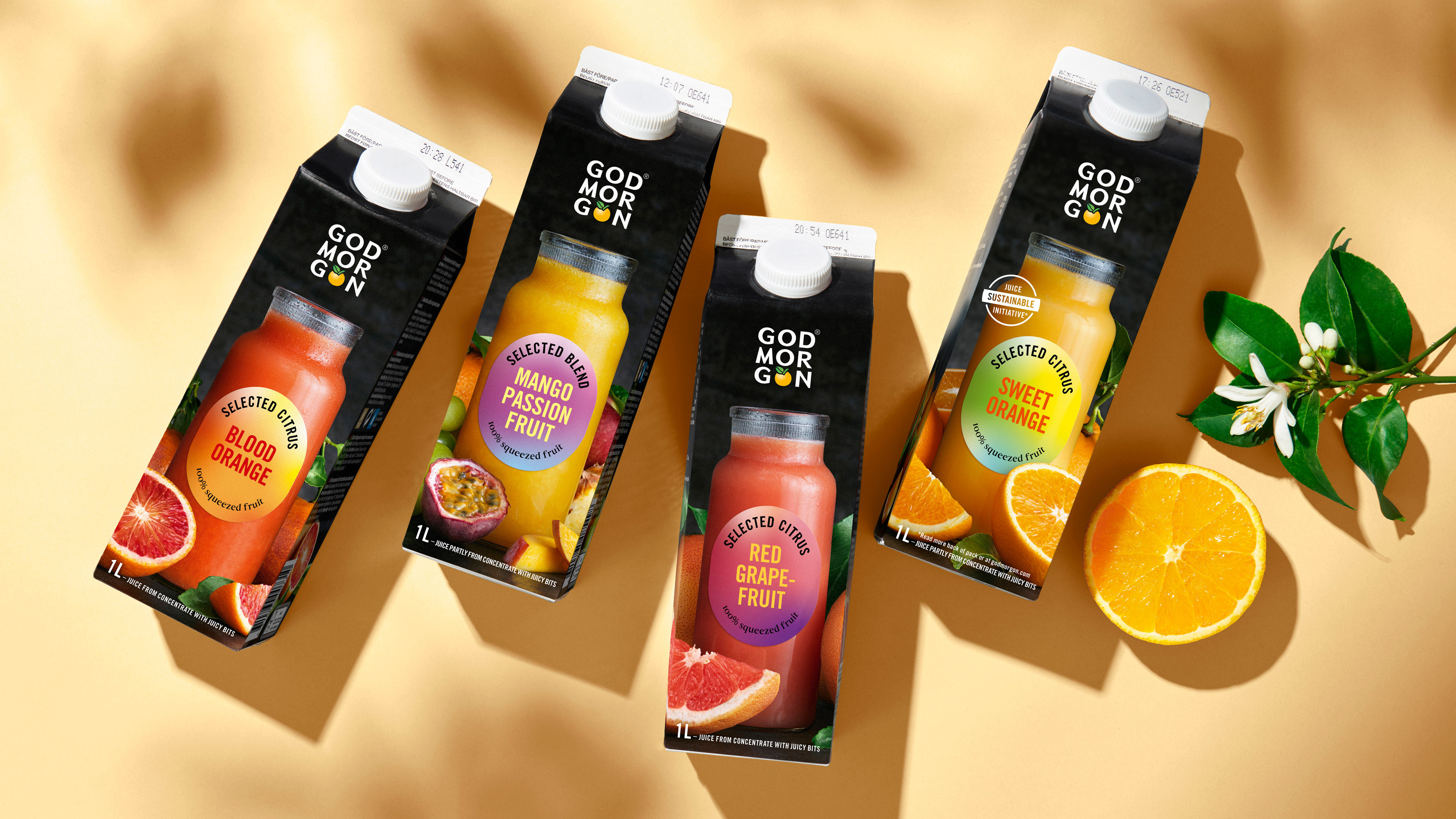
What was your early career like?
From a young age, I knew I wanted to work in design. I was always drawing and painting which led me to Beckmans College of Design in Stockholm, the oldest and one of the best design schools at the time. There, I gained a deeper understanding of design thinking.
One of my lecturers was Peter Saville who was a real inspiration and taught me to embrace focus – that to be a good designer, you can’t do everything, you need to find what you’re good at.
My time there also confirmed that design, not communication, was my path. I just enjoyed it more, the discipline that challenged us to create desirability through design, rather than come up with a snappy strapline or comms idea.
After studying, I had the chance to work at several design agencies in both Stockholm and London where I quickly learned that design is about more than just aesthetics – it’s about problem-solving, innovation, and delivering a meaningful experience.
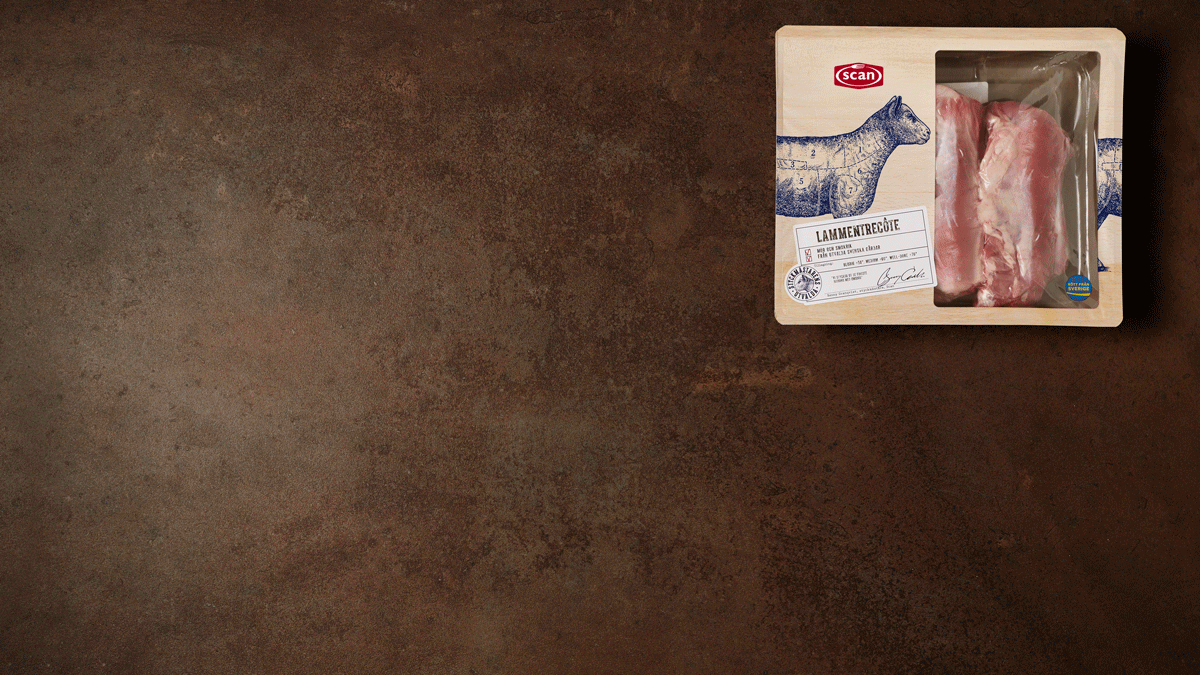
Tell me about a tricky work-related challenge and how you approached it
Rather than pointing to a single project, I think there are common themes that run through tricky projects. Often, the root cause is a misalignment of expectations. This can stem from our side – for example, not fully understanding the client's needs – or from the client’s side, especially if they have a complex internal organization where we don’t get access to key stakeholders.
One of the biggest lessons I’ve learned is the importance of landing the first major design presentation. If that moment goes sideways, it can create doubt that’s hard to recover from. To prevent this, we put a lot of effort into getting clarity early in the process, aligning expectations, and being transparent. Good communication and strong relationships with clients make all the difference.
Which project are you most proud of and why?
There are several, but I’m most proud of sustaining a career in this field for over 25 years and still finding it as challenging, exciting, and rewarding as ever.
The variety of projects I’ve worked on throughout the years keeps me inspired.
Creative bravery is about taking risks and pushing yourself
I’m especially proud to have earned the trust to work with some of Sweden’s most well-known food brands. Each project came with its own unique challenges, but the opportunity to shape such iconic brands has been incredibly fulfilling. It’s not about one single project – it’s about the continuous pursuit of creative excellence. Some that stand out are redesigning Jameson Whiskey, refreshing Sweden's largest private label, Eldorado, and creating packaging for GANT.
At the other end of the spectrum, I am also really proud of some of our passion projects, dedicating time to bring friends of Pond’s visions to life. One of my favourites was Ways of Seeing, an alternative guide to Capri. It marries the photography of Tomas Falmer and Philip Warkander’s texts in a book that is as original and wild as the island itself.
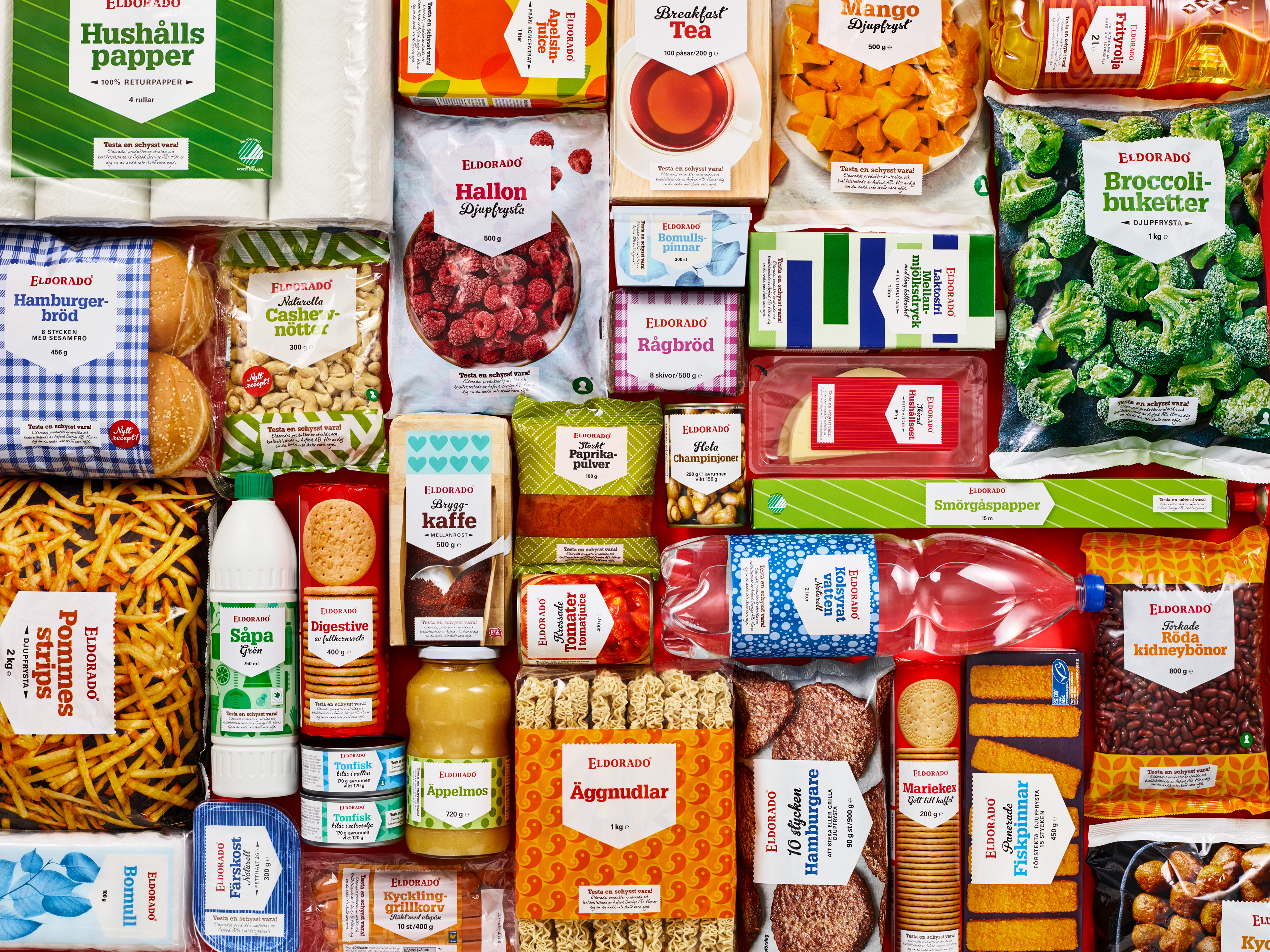
Could you tell me more about the importance of ‘creative bravery’?
Creative bravery is about taking risks and pushing yourself. It’s easy to settle for “good enough”, but bravery challenges you to aim higher. For me, it means not being afraid to present bold ideas to clients, even if they might resist them at first. It’s also about encouraging my team to experiment by creating a safe environment where there is no such thing as a stupid question.
We also like to push the boundaries when we present ideas to clients. Alongside ‘safe’ design routes, we always including a 'what if' route that we talk about in a bolder way to in turn help the client be brave.
Bravery isn't about being fearless; it's about moving forward despite uncertainty and about pushing those comfort zones for the right reasons. It’s this mindset that leads to truly original, memorable design.
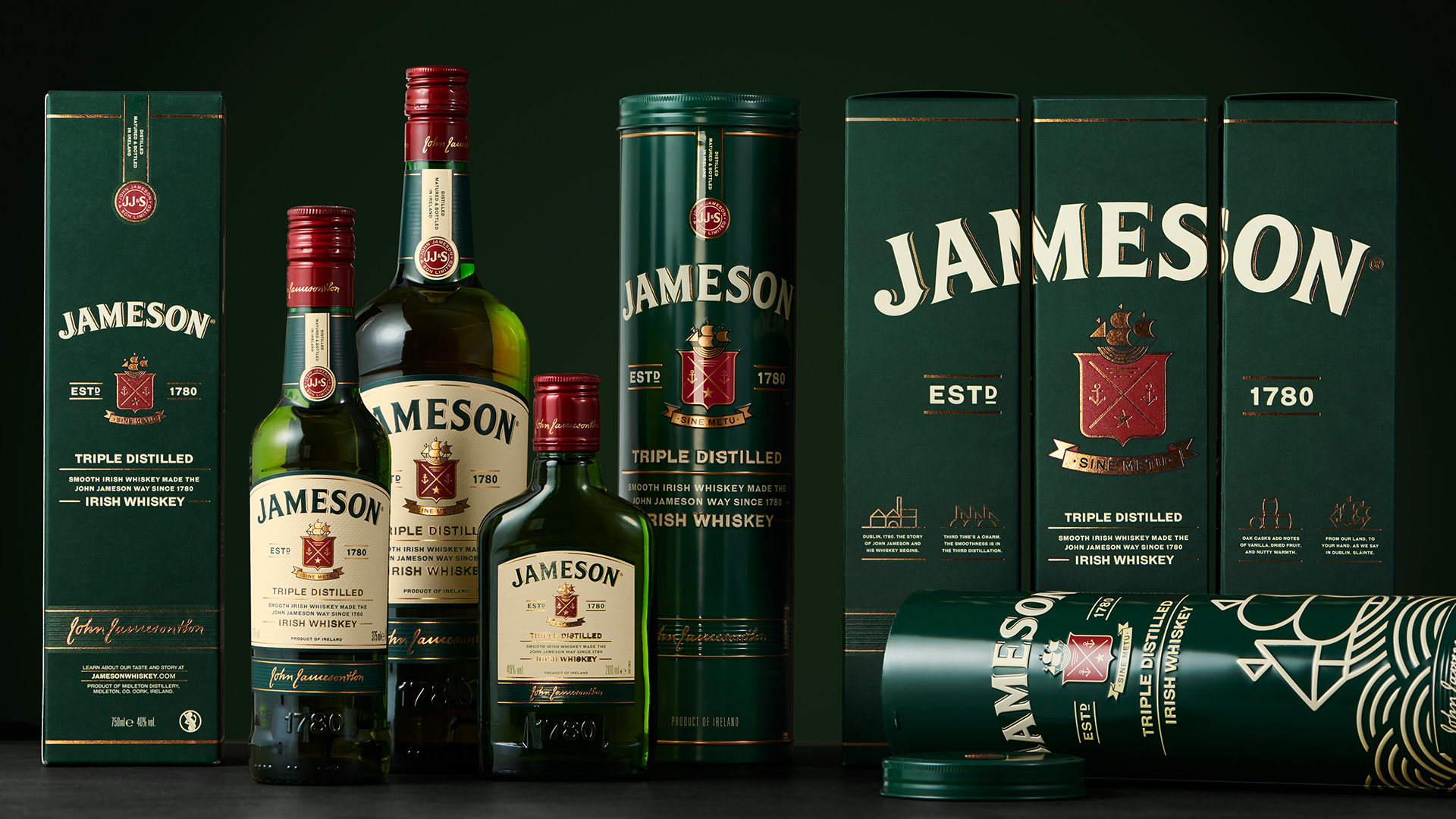
How do you balance beauty and desirability in design?
For me, beauty is not just about aesthetics – it’s about clarity, purpose, and emotional resonance. Desirability comes when people feel connected to a design on a personal level. I strive for simplicity, stripping away the unnecessary to let the essential elements shine. In the case of packaging design, it’s about making the product feel like something you want to touch, hold, and take home. It's not about decoration but about creating an emotional experience. Balancing the two requires constant refinement and an understanding of human behaviour.
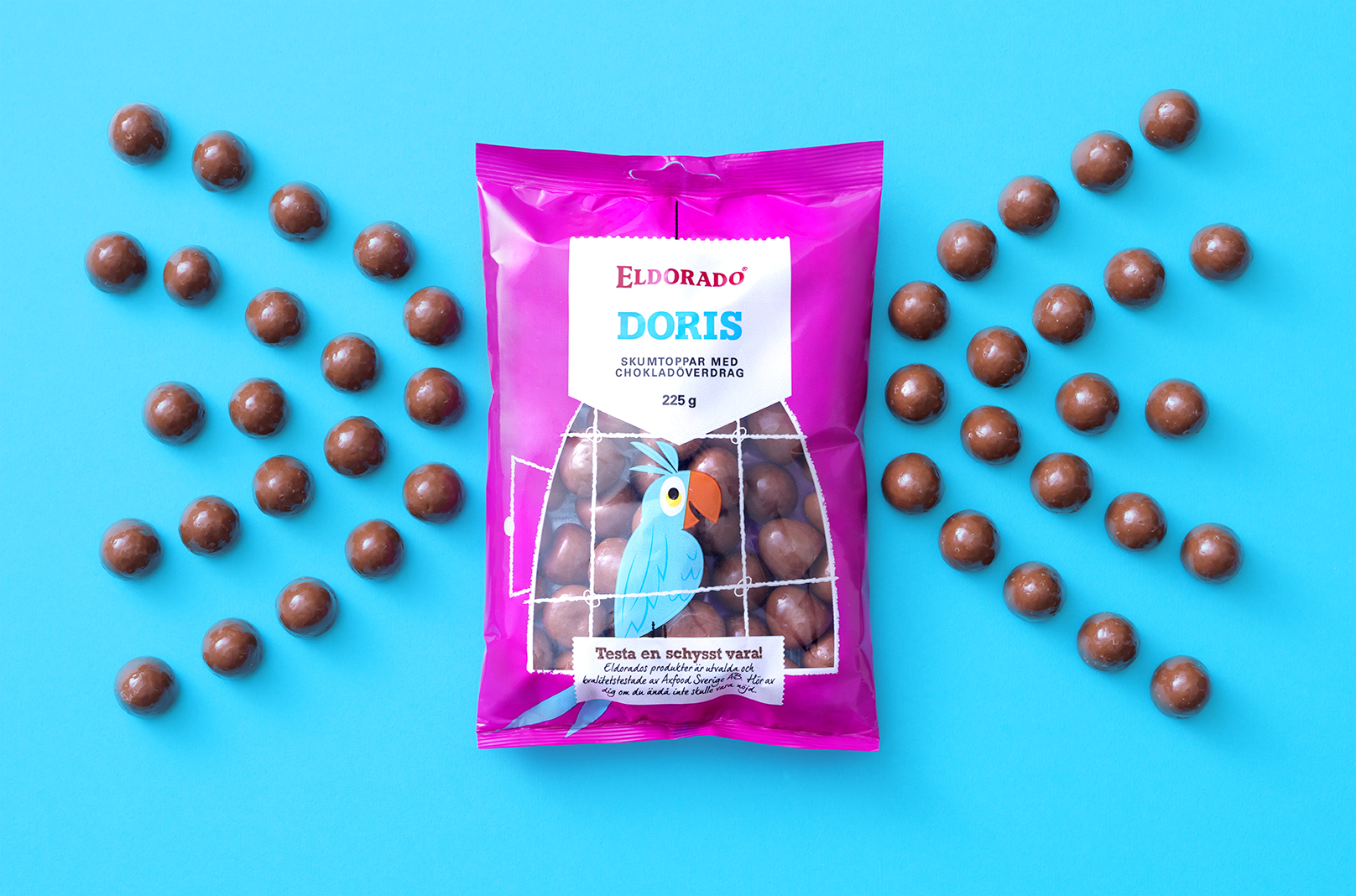
How inclusive is the design industry in 2024?
The industry is making progress, but we still have work to do. There’s more dialogue around inclusivity now, which is a positive sign. From gender representation to accessibility. However, design studios must do more than just talk about inclusivity – they need to act on it. This means hiring diverse teams, considering different perspectives, and designing with a broader audience in mind.
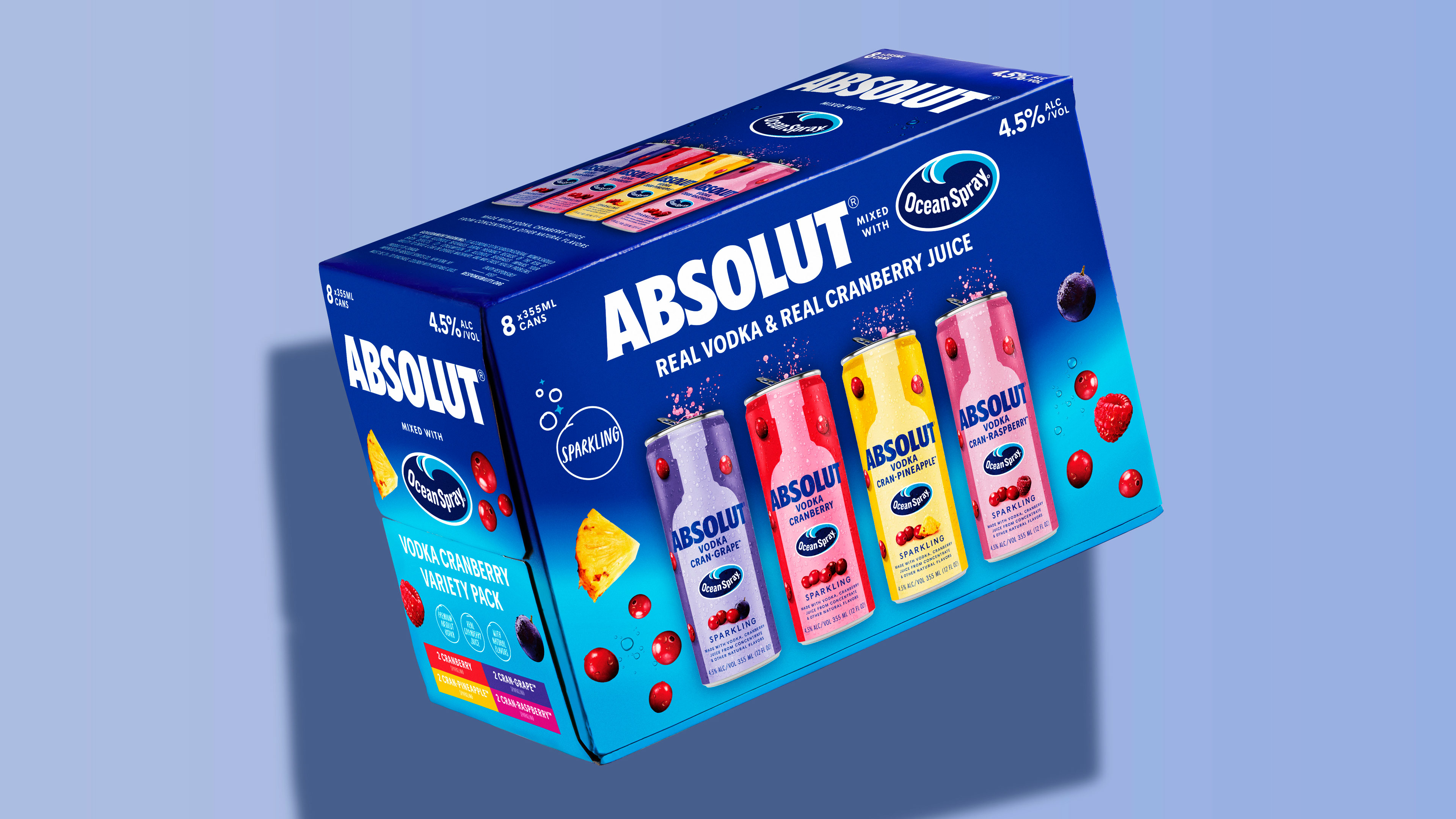
What do you think the industry needs to improve?
To improve the industry, I believe we need to start creating genuinely new expressions. So much of what we see today feels repetitive, with many of us living in the same 'design bubble’, influenced by the same trends and references. This applies not only to design but also to fashion and beyond. To break free from this, we need to think outside that bubble. We also need to ensure that inclusivity and sustainability are embedded in every project from the start, not as afterthoughts.
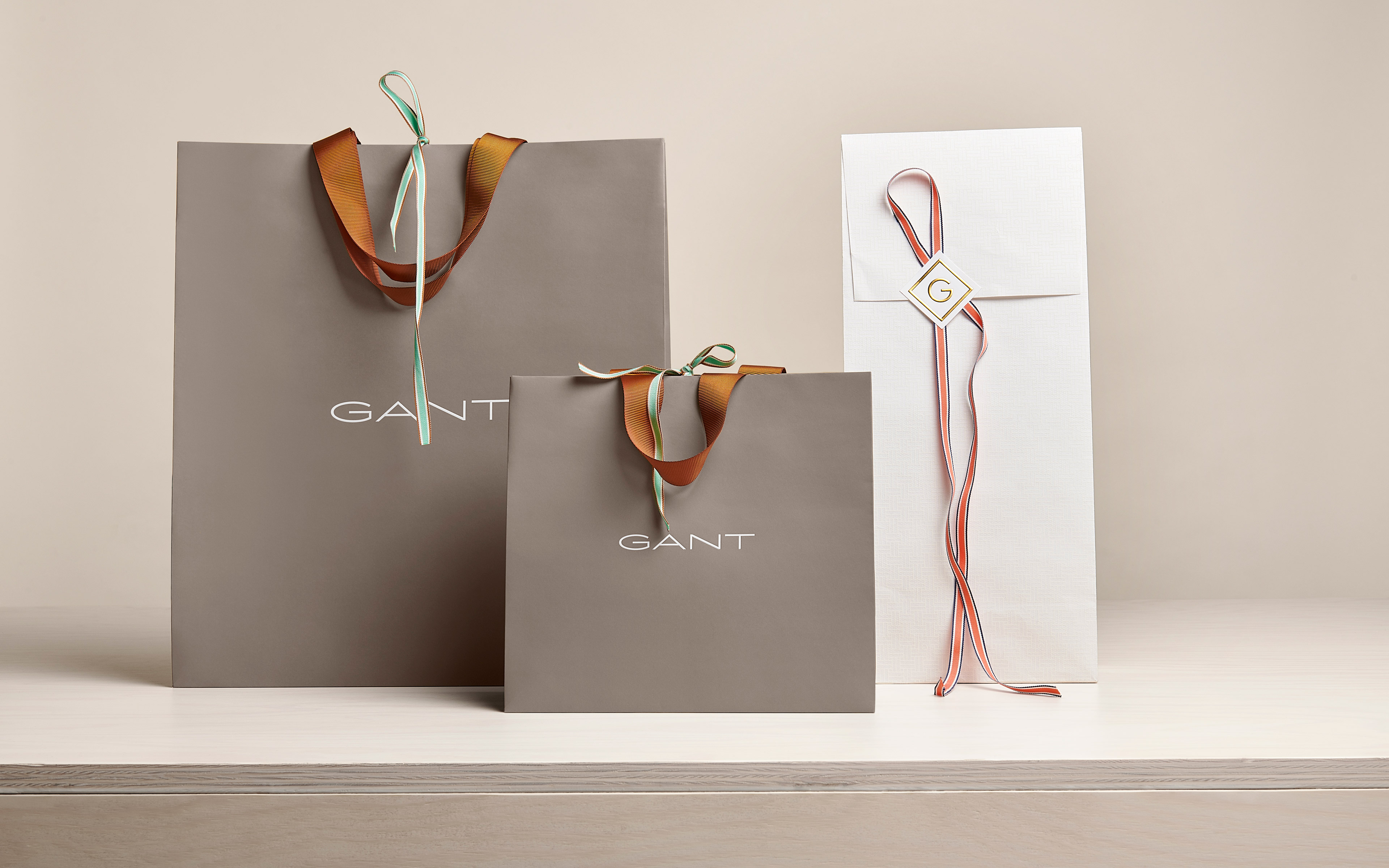
Can style and sustainability coincide in design?
Absolutely. Style and sustainability aren't opposing forces. In fact, sustainability should be seen as a creative challenge, not a limitation. Using fewer materials or creating multi-functional packaging requires creative problem-solving. Modern consumers care deeply about sustainability, so aligning with their values makes the design more desirable. I think it's our responsibility as designers to prioritise sustainability without compromising style.
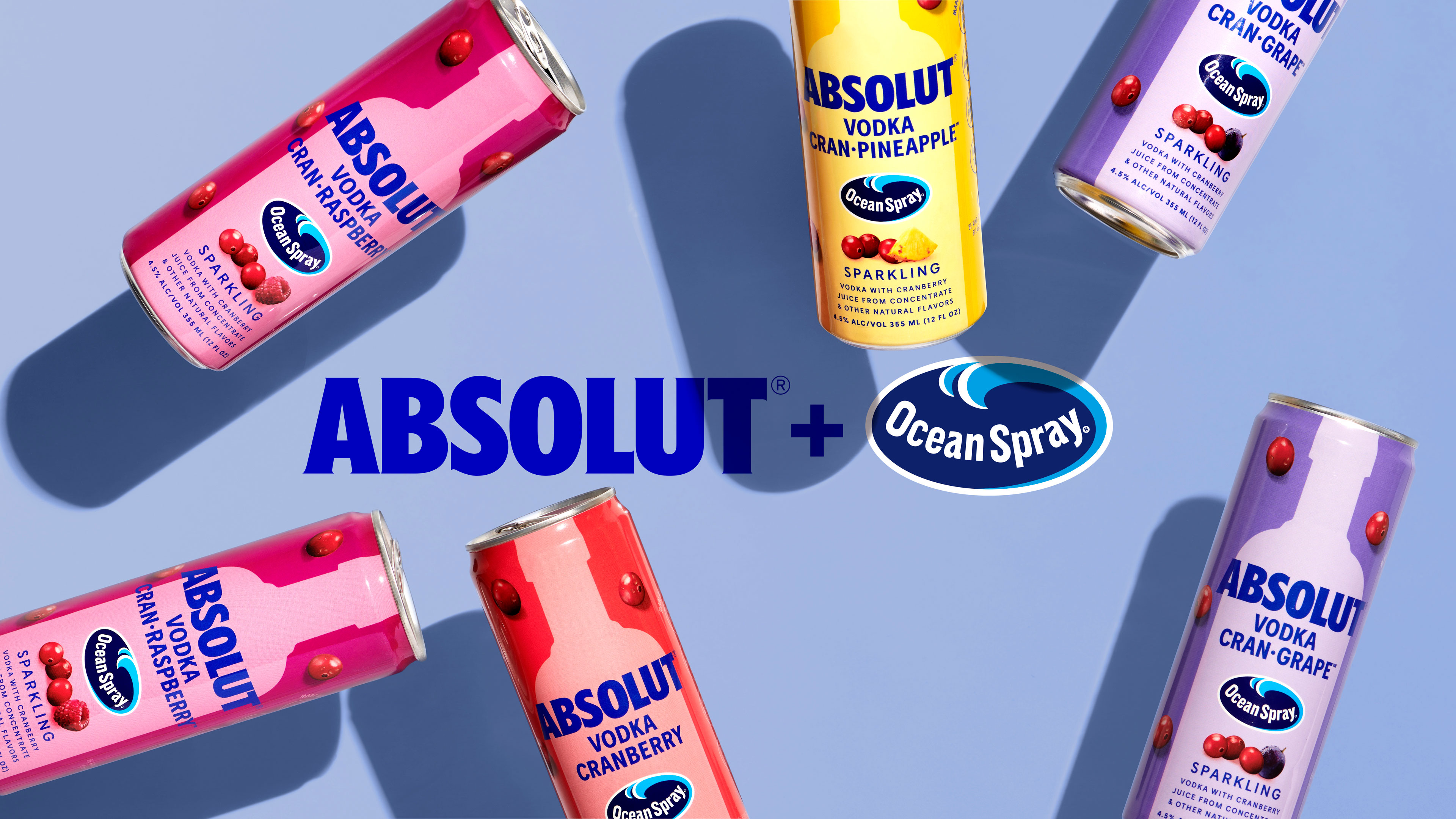
What are your favourite tools?
For me, the most valuable resources are people. Conversations with my team, feedback from clients, and collaboration with other creatives are essential in shaping the final outcome. For digital work, I rely on Adobe Creative Suite – Illustrator and Photoshop are key.
We’re currently exploring many AI tools too – ever two weeks we have a dedicated AI meeting where we share different learnings and insights. It’s hugely valuable as the technology is evolving so quickly.
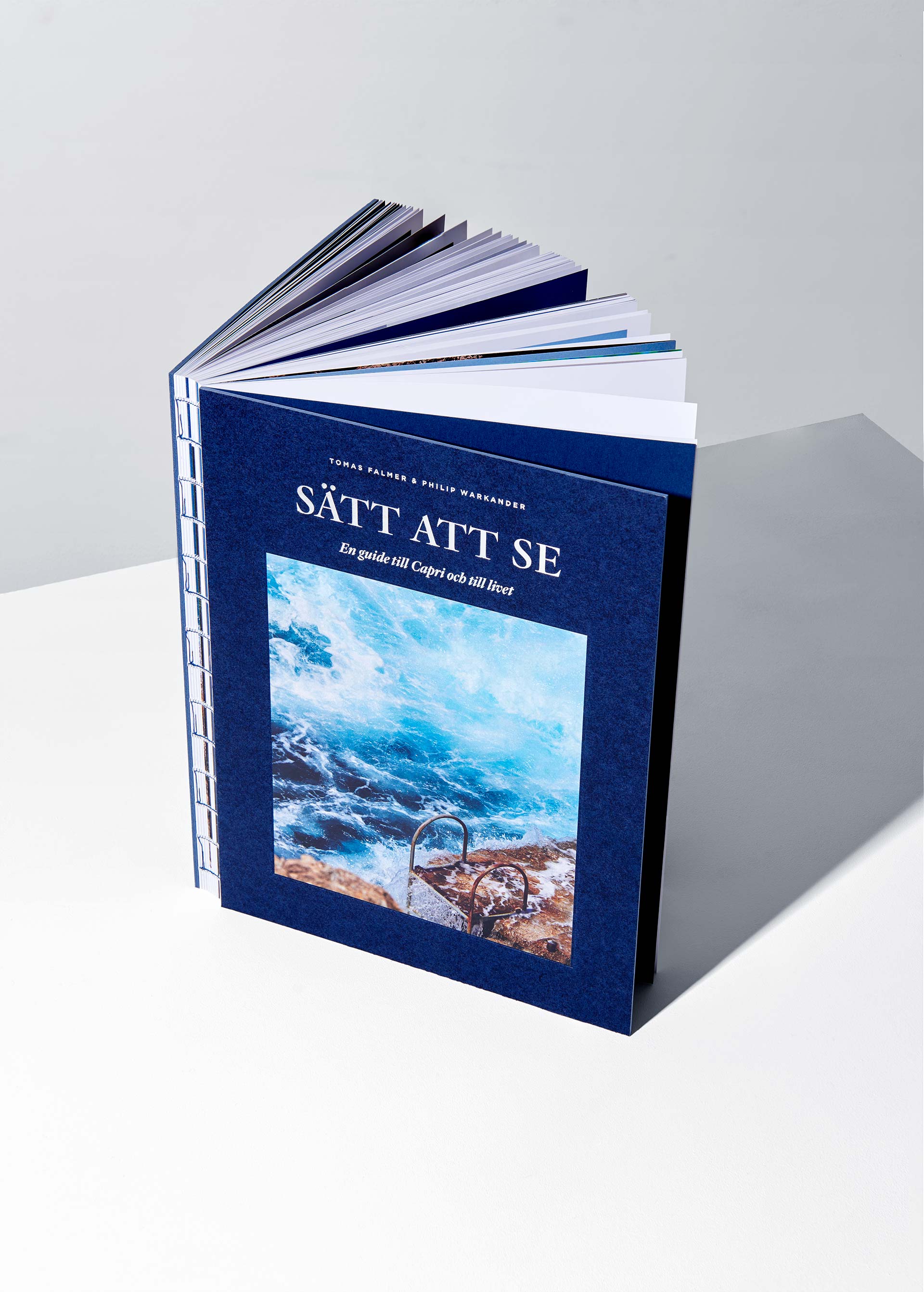
What’s your dream project/dream client?
I’d love to work on a project that blends art, design, and storytelling – perhaps for a cultural institution or a purpose-driven brand. I’m particularly drawn to projects where design can have a meaningful impact. My dream client would be one who values creativity and trusts the process. Collaborating with people who are open-minded and brave enough to explore new ideas is what makes a dream project for me.
Having said that, I also really love working on value brands. Often the least glamorous brands or most basic categories can offer the best creative challenges, so it would be great to work on more of these.
What career advice would you give your younger self?
Be patient but stay persistent. The creative industry is not a straight line. There will be setbacks, doubts, and moments when you question your talent. Trust that every experience is teaching you something valuable. Don’t be afraid to ask for help and remember that there are no shortcuts – you have to work hard and realise that the pressure you feel on delivering a creative brief will never stop. You have to welcome that creative pressure.
Also, know that you’re always much stronger in a team. Design is about knowing what people are good at and building on that, not striving to be the centre of attention.
Stay humble, and most importantly, stay curious. Creativity thrives on curiosity.
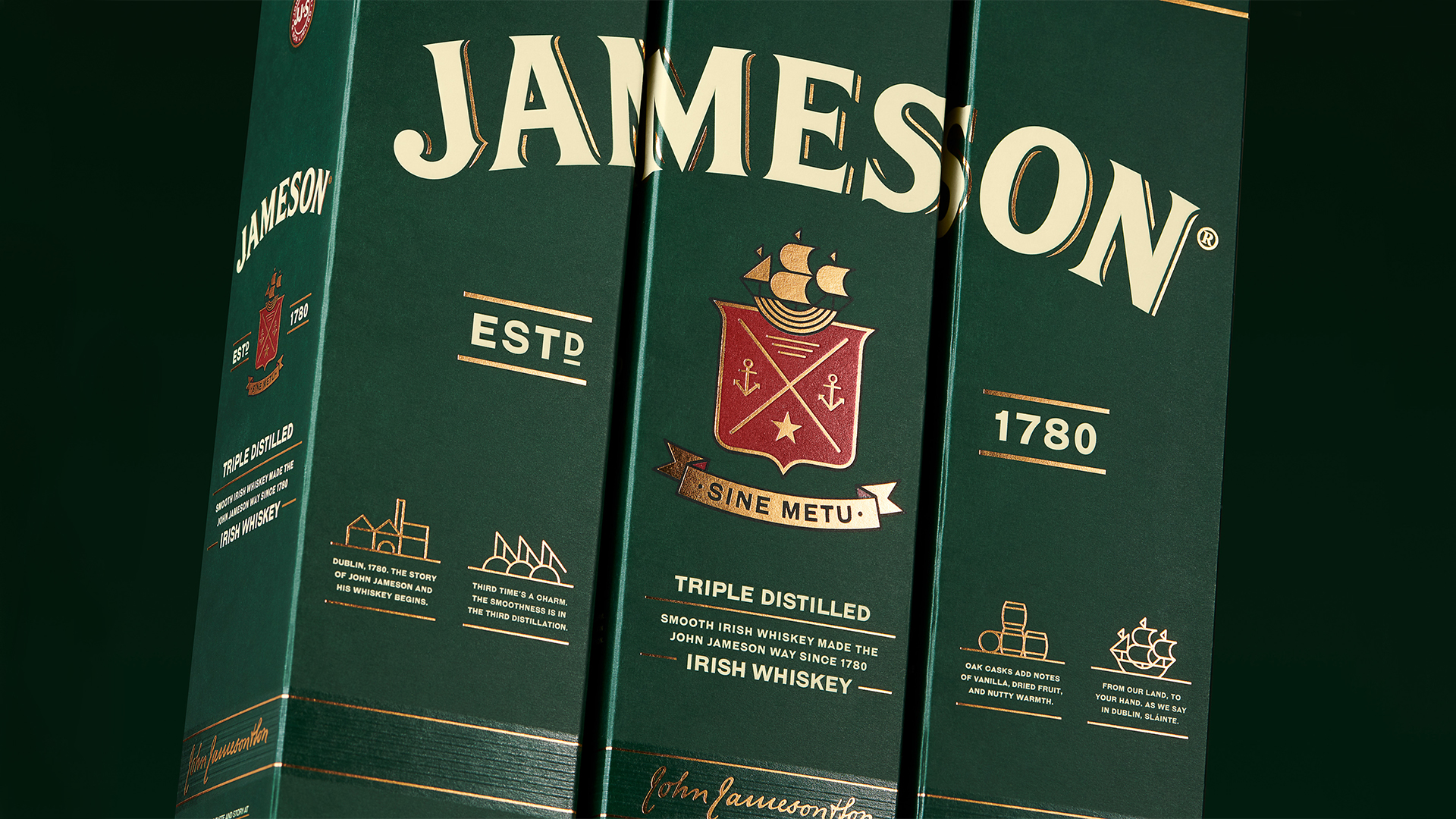
Do you have anything else to add?
Only that creativity is not a solo journey. Every great project is a team effort. As much as I love design, I equally love the process of collaborating with people who challenge and inspire me. That's where the magic happens.
Discover more about Pond Design.
Get the Creative Bloq Newsletter
Daily design news, reviews, how-tos and more, as picked by the editors.

Thank you for reading 5 articles this month* Join now for unlimited access
Enjoy your first month for just £1 / $1 / €1
*Read 5 free articles per month without a subscription

Join now for unlimited access
Try first month for just £1 / $1 / €1
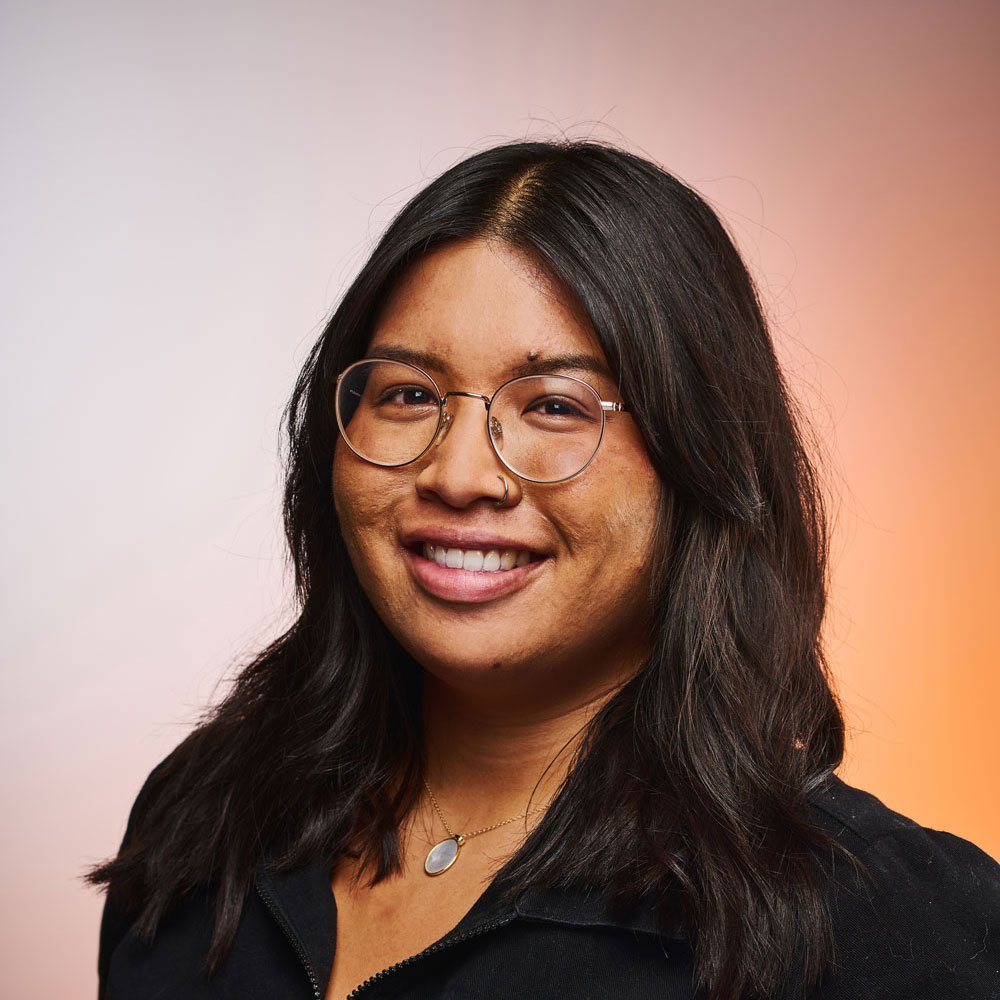
Natalie Fear is Creative Bloq's staff writer. With an eye for trending topics and a passion for internet culture, she brings you the latest in art and design news. Natalie also runs Creative Bloq’s Day in the Life series, spotlighting diverse talent across the creative industries. Outside of work, she loves all things literature and music (although she’s partial to a spot of TikTok brain rot).
You must confirm your public display name before commenting
Please logout and then login again, you will then be prompted to enter your display name.
